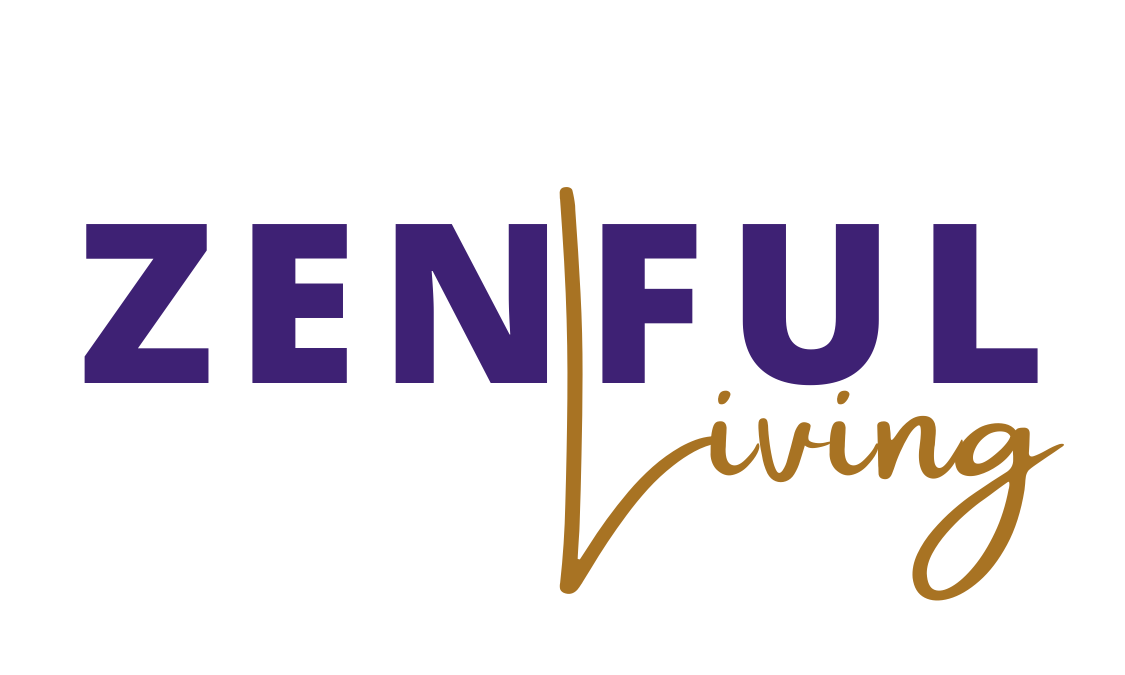The fashionable intelligence at The New York Times has declared sound baths are everywhere, and it’s true. Well-educated people like myself now routinely spend a couple dozen dollars for a few hours in a quiet room listening to ringing gongs, thrumming bowls and shaking rattles.
Those special-purpose sonic environments are technically called “sound baths,” but both aspiration and experience prefer the colloquial term “sound healing.” Sound baths do, in fact, make one feel “healed” just like a good massage does.
Question: Have you ever found yourself feeling stressed, anxious, or overwhelmed with emotions? It’s no secret that our busy lives can take a toll on our mental and physical health. Thankfully, there are many alternative therapies that can help us find balance and promote wellness. One such therapy is sound healing. In this article, we will explore the many benefits of sound healing and how it can help you achieve a more balanced and harmonious life.
What is Sound Healing?
Sound healing is an ancient form of therapy that uses sound frequencies to promote relaxation, balance, and healing. It involves using various instruments such as singing bowls, gongs, and tuning forks, among others, to create vibrational frequencies that stimulate the body’s natural healing mechanisms. This therapy is based on the principle that everything in the universe, including our bodies, is made up of energy and has its own unique vibrational frequency. By using sound vibrations, we can restore balance to the body, mind, and spirit.
The Benefits of Sound Healing
1. Reduces Stress and Anxiety
Sound healing can help reduce stress and anxiety by promoting relaxation and calming the nervous system. The sound frequencies produced by instruments such as singing bowls and gongs can help slow down brain waves and induce a meditative state. This can help release tension in the body and calm the mind, allowing for deeper relaxation and a sense of peace.
2. Improves Sleep
Sound healing can also help improve the quality of your sleep. The calming effects of sound vibrations can help you fall asleep faster and stay asleep longer. Studies have shown that sound healing can also improve sleep quality in people with sleep disorders such as insomnia.
3. Boosts Immune System
Sound healing can also help boost your immune system by stimulating the body’s natural healing mechanisms. The vibrations produced by sound therapy can help increase the production of white blood cells, which are responsible for fighting off infections and diseases. This can help improve overall health and prevent illness.
4. Enhances Emotional Well-being
Sound healing can also help enhance emotional well-being by promoting a sense of inner peace and harmony. The vibrations produced by sound therapy can help release emotional blockages and promote positive emotions such as joy and love. This can help improve mood and overall emotional health.
5. Promotes Mindfulness
Sound healing can also promote mindfulness by helping you become more present and aware of your thoughts and emotions. The meditative state induced by sound therapy can help you focus on the present moment and let go of distracting thoughts and worries. This can help you develop a deeper sense of mindfulness and inner peace.
6. Relieves Pain
Sound healing can also help relieve pain by promoting relaxation and reducing tension in the body. The vibrations produced by sound therapy can help reduce inflammation and increase circulation, which can help alleviate pain and promote healing.
7. Improves Concentration
Sound healing can also improve concentration by promoting a sense of calm and focus. The meditative state induced by sound therapy can help you clear your mind and improve mental clarity, allowing you to focus more easily on tasks and activities.
7 Tools for Sound Healing
There are many different tools that can be used for sound healing, each with its own unique benefits and properties. Here are some of the most popular sound healing tools:
1. Singing Bowls: Singing bowls are a type of bell that produces a rich, resonant sound when struck or played with a mallet. They are often used in meditation and sound therapy to promote relaxation and balance. These are several types of singing bowls, the Tibetan Singing Bowl Set by Ohm Store is one of my favorite to begin with, and it’s very affordable!
2. Gongs: Gongs are large, metal discs that produce a deep, penetrating sound when struck with a mallet. They are often used in sound therapy to help release tension and promote healing. Our favorite and most affordable way to begin is the Au Courant Gong. The stand is a tribute, an homage to roundness. We have paired this great stand with our favorite 14″ Chinese gongs. Each Chinese Gong is produced by hand in China using traditional artisan methods. There are many to choose from at various prices.
3. Tuning Forks: Tuning forks are small, metal instruments that produce a pure, clear tone when struck. They are often used in sound therapy to help align the body’s energy centers and promote healing. There are even tuning forks to collaborate our instruments to 432 – 432 Hz Tuning Fork Set – Music Instruments Tuning Forks for Healing Chakra Set Body Hammer
4. Chimes: Chimes are musical instruments that produce a soft, soothing sound when struck. They are often used in meditation and sound therapy to promote relaxation and calm. Our favorite is Zen Wind Chimes for Outside Deep Tone.
5. Drums: Drums are percussion instruments that produce a rhythmic, grounding sound. They are often used in sound therapy to promote relaxation and release emotional blockages. If you’re looking for something a little beyond traditional – try the graceful and ethereal sounds of the Steel Tongue Drum.
6. Crystal Singing Bowls: Crystal singing bowls are made from pure quartz crystal and produce a clear, pure tone when struck or played with a mallet. They are often used in sound therapy to promote balance and healing.
7. Didgeridoos: Didgeridoos are traditional Australian instruments that produce a deep, resonant sound when played. They are often used in sound therapy to promote relaxation and stimulate the body’s natural healing mechanisms.
Ultimately, the best sound healing tool for you will depend on your individual needs and preferences. It’s important to choose a tool that resonates with you and feels comfortable and effective for your healing journey. Also good to know as we evolve music of all kinds will take on a deeper meaning. In the beginning all things were sound frequencies.
Sound Healing was once ancient. In today’s world it’s becoming one with the sound is a to heal lifes chaotic frequencies.
Conclusion
Sound healing is a powerful therapy that can help promote balance and harmony in your life. Whether you’re looking to reduce stress, improve sleep, boost your immune system, or enhance emotional well-being, sound therapy can provide a natural and effective solution. By incorporating sound healing into your wellness routine, you can achieve a more balanced and harmonious life.
FAQs
Is sound healing safe?
- Yes, sound healing is generally safe and non-invasive. However, it is important to choose a qualified practitioner and discuss any health concerns with them before starting treatment.
How many sessions of sound healing do I need?
- As many as you feel good with.
More information on Sound Healing
For more Free Downloadable Sound Therapy Programs – What is Sound Therapy?
It’s an alternative healing therapy that is growing in popularity. Many people are looking for alternative ways to treat themselves. This music therapy, in simple terms, is using music, low tones and frequencies to assist in bringing the body into a state of healthy resonance.
Music for Life – Music applied as Medicine significantly reduces anxiety, anger, depression and grief with long-term cathartic benefits that improve resiliency with consistent ability to relax and be happier. Music4Life® has developed an evidence-based practice called the Music Medicine Protocol with foundations in neuroscience, psychology, music therapy principles and research.

Darlene Mea is a long-standing media personality in the world of alternative everything. Alternative health and wellness practices is her main focus. Since the early 1980s Darlene has been involved in television, radio, print and multimedia. She represents all things natural, sustainable and life-promoting. She is dedicated to going beyond the status quo narrative in order to provide options for a more wholesome life.

